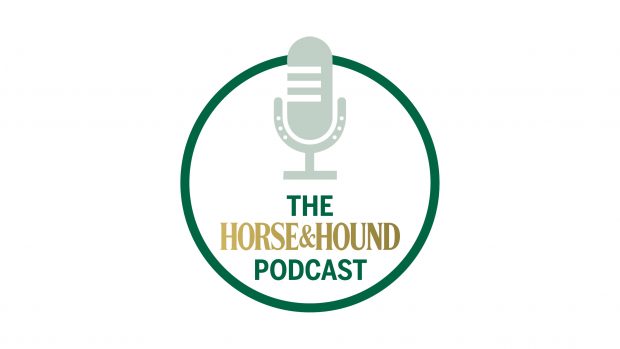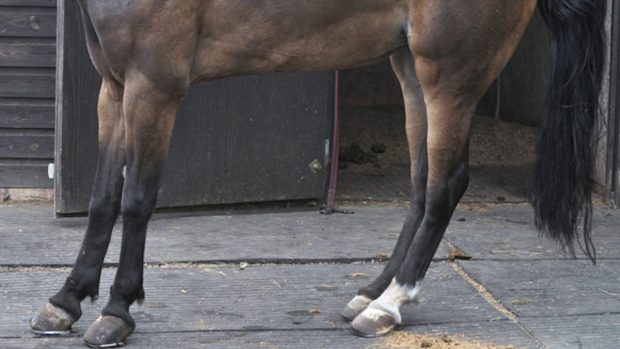Cushing’s disease (which is also known as PPID, pituitary pars intermedia dysfunction) is the most common equine hormonal disorder and is most often caused by an enlargement of the pituitary gland or a tumour affecting the pituitary gland.
There is no cure for Cushing’s but with careful management, appropriate nutrition and veterinary treatment, horses can have comfortable active lives for several years with the condition.
It’s helpful to remember that the best way to manage the diet of a horse or pony with Cushing’s is in a similar way as you would for a horse prone to laminitis.
How to manage the diet of a horse with Cushing’s disease
1. Try to keep your horse’s waistline in check. Aim to keep a body condition score of around 5 out of 9.
2. Avoid feeds that are high in cereals. This is especially true for horses and ponies in light work, those prone to laminitis or overweight animals.
3. Feed little and often. This will avoid large peaks and troughs in blood glucose and insulin.
4. Make sure the diet is fully balanced in terms of quality protein, vitamins and minerals. If you are feeding less than the recommended amount, add in a vitamin and mineral supplement or a low-calorie feed balancer.
5. Choose fibre based feeds that are low in sugar and starch and that are approved by The Laminitis Trust.
6. Have your forage analysed for water soluble carbohydrate (sugar plus fructans) which should be ideally less than 10%.
7. Soak your hay for 12-16 hours (no more than six hours in warm weather), which will reduce the WSC on average by 50%.
8. Make all changes to the diet slowly — this includes forage or pasture changes.
9. Keep meal sizes smaller less than 2kg per meal (less for ponies).
10. Consider using a nutritional supplement that may help support a healthy metabolism and/or immune system.
11. If weight gain is needed choose a high fibre and oil, low-starch based feed or contact a nutritionist for advice.
12. Make sure your worming programme is kept up to date. Horses with Cushing’s have been shown to have higher faecal egg counts.
Read more about Cushing’s disease
Recap on the 10 golden rules of feeding
You might also like:

13 feeds suitable for horses prone to laminitis

11 supplements to keep your horse on his feet

11 feeds formulated to help your horse gain weight and condition

Subscribe to Horse & Hound magazine today – and enjoy unlimited website access all year round
Horse & Hound magazine, out every Thursday, is packed with all the latest news and reports, as well as interviews, specials, nostalgia, vet and training advice. Find how you can enjoy the magazine delivered to your door every week, plus options to upgrade your subscription to access our online service that brings you breaking news and reports as well as other benefits.




